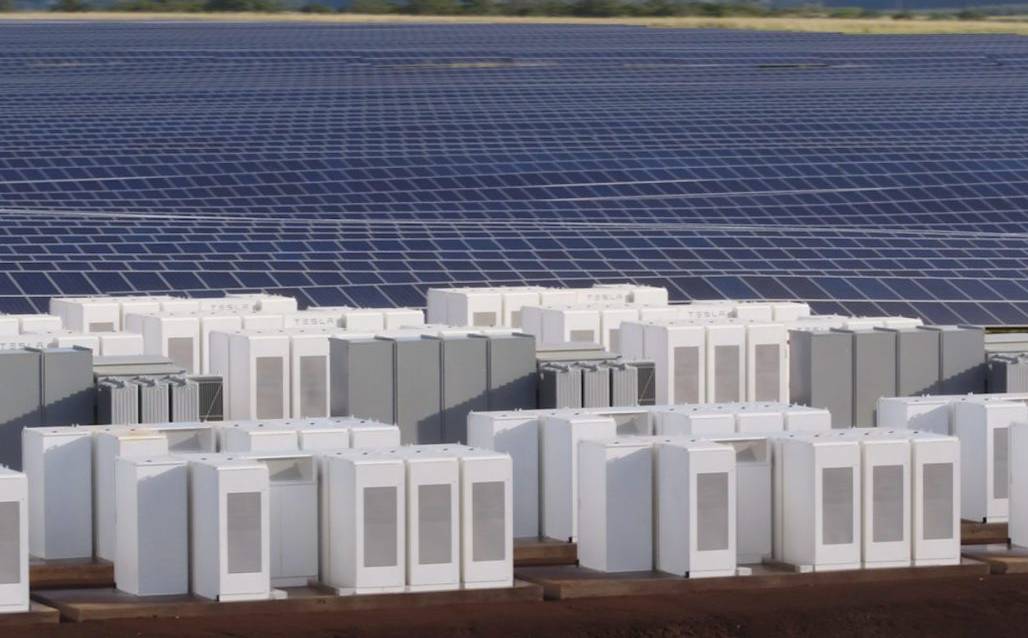With the exponential increase in electric cars’ production, the number of batteries to be reused will also drastically increase in the medium and long term. An alternative that will give a new life in sectors such as the storage of electrical networks that, according to a report, will be able to satisfy 100% of their needs with this type of battery in just ten years.
As we remember, the battery of an electric car has a useful life determined by the charge and discharge cycles and conditions such as fast recharges, the heat conditions, and the cooling system. But the usual thing is that their capacity after between five and eight years maintain between 70 and 80% of their original total.
From then on, many customers will choose to change their battery or vehicle, which will mean a real barrage of used batteries that will reach the market with a part of their storage capacity still intact.
Greenpeace’s report shows that the reuse of lithium batteries removed from electric vehicles could meet the world’s energy storage needs as early as 2030. This will mean enormous economic savings and the emission of millions of tons of CO2 into the atmosphere every year.
One of the challenges will be the matter of materials. Dependence on components such as cobalt, nickel, or lithium will endanger countries’ economies that will depend on the most on this industry, such as China, South Korea, and Japan, responsible for 85% of the world’s battery capacity.
That is why they put on the table the urgent need to develop a powerful battery recycling industry, which allows the recovery most of its components when they no longer have the capacity to be used in transport or stationary storage systems.
The challenge that lies ahead to feed the growing demand for batteries will be monumental. According to Greenpeace, 10.35 million tons of lithium, cobalt, nickel, and manganese will be extracted. This will result in a global battery production that will be 29.7 times greater than that accumulated in 2018. Between 2021 and 2030, battery production will use up 30% of the world’s proven cobalt reserves.
Therefore, the report indicates the important need to promote and incentivize the recycling and reuse of these batteries that will consume vast amounts of finite and expensive resources, with industries such as batteries in storage systems, which the report points to could reach cover all global storage needs by 2030 with about 368 GWh of capacity.
A sector that will also have an important environmental aspect. It is estimated that the reuse of electric vehicle batteries could reduce CO2 emissions by more than 63.34 million tons. An amount equal to the amount of carbon stored in one-third of China’s entire forest cover.
But it will also be an economically dynamic sector. According to estimates, the market for reusing batteries from electric cars will move about 15 million dollars each year by 2030. Something that will undoubtedly attract many investments that will seek to exploit this exciting niche.
An aspect where governments’ positioning will play a key role, as they must draft regulations that encourage the reuse and recycling of batteries before this economic and industrial opportunity becomes an environmental and resource problem.
And it is with that the applications of reused batteries are endless. From serving as a backup to renewable energies to supporting the grid to cover peaks in demand, to supporting residential solar installations, and even as a backup for new technologies such as 5G, mainly in isolated areas.

